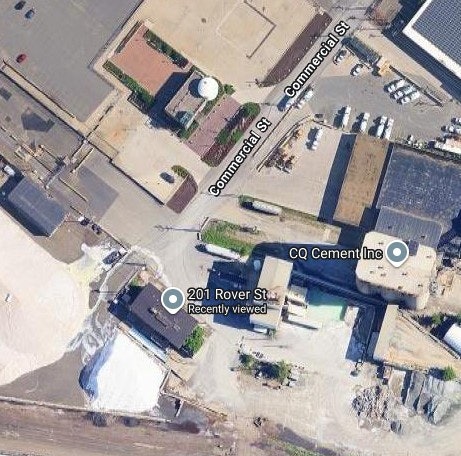The first two satellites in NASA’s new hurricane-hunting constellation have taken to the skies.
The two cubesats, the founding members of the agency’s TROPICS network, launched (May 7) atop a Rocket Lab Electron rocket, which lifted off from the company’s New Zealand site at 9 p.m. EDT (0100 GMT and 1 p.m. on May 8 local New Zealand time).
About 33 minutes after liftoff, the Electron deployed the shoebox-sized TROPICS cubesats into low Earth orbit, about 340 miles (550 kilometers) above Earth.

The TROPICS constellation (short for “Time-Resolved Observations of Precipitation Structure and Storm Intensity with a Constellation of Smallsats”) will consist of four cubesats in low Earth orbit.
Rocket Lab will launch the other two satellites about two weeks from now, if all goes according to plan. (For the constellation to function properly, all four TROPICS satellites must be deployed within a same 60-day period.)
The TROPICS cubesats will measure the hour-by-hour formation and progression of tropical cyclones and hurricanes with enhanced specificity.
“We’ll be getting data that we’ve never had before, which is this ability to look in the microwave wavelength region in the storms, with hourly cadence to look at the storm as it forms and intensifies,” TROPICS principal investigator Bill Blackwell said during a prelaunch press conference on April 28. “We hope to improve our understanding of the basic processes that drive the storms, and ultimately improve our ability to forecast and track intensity.”
Researchers for the TROPICS program in NASA’s Earth Science Division, such as Will McCarty, see missions like TROPICS as part of an innovation leap to augment much heftier, weather-focused satellites.
“It’s the cubesat revolution,” McCarty told reporters during the April 28 press conference. “In complementing the larger weather satellites, we are also getting some new innovation as well in these tiny compact sizes … These cubesats are about the size of a loaf of bread. So I would really like to stress the innovation on this mission.”

Rocket Lab boasts the ability to launch from two very different parts of the planet; it also has a site at the the Mid-Atlantic Regional Spaceport (MARS) in Virginia. Both TROPICS missions were originally slated to fly from MARS but were shifted to New Zealand to take advantage of an earlier launch date.
The change allows the constellation to be up and running before the beginning of the 2023 hurricane season in the Northern Hemisphere, which officially begins in the Eastern Pacific on May 15. The shift in launch sites came at no significant extra cost to NASA or Rocket Lab.
“The work was relatively trivial,” Rocket Lab CEO Peter Beck said during the April 28 press conference. “We’ll do whatever we need to do to make sure that we can deliver those spacecraft for the storm season, and in this case that meant getting them down to New Zealand.”
The TROPICS constellation was originally planned to consist of six satellites. However, the first two cubesats were lost when their rocket ride, provided by California company Astra, failed during launch in June 2022.
NASA then selected Rocket Lab to launch the remaining four satellites.
Should the second Rocket Lab mission experience any anomalies on its way to orbit, the TROPICS constellation won’t be useless.
“If we only get one of the two [launches] and we still have two satellites, there’s still a lot to learn from these data,” McCarty said during the April 28 press call, adding that the TROPICS observation cadence would be slowed if only two cubesats ended up making it to orbit.
Rocket Lab has been working to make the Electron’s first stage reusable, recovering boosters on several previous flights. No recovery operations were performed today, however.












